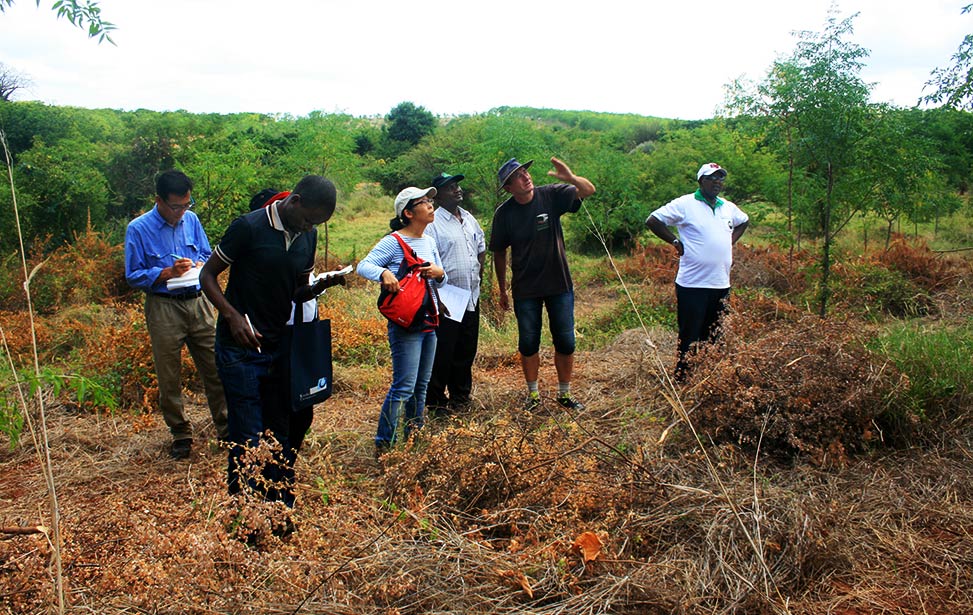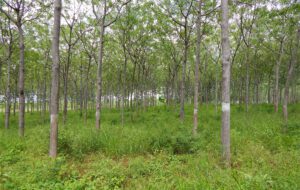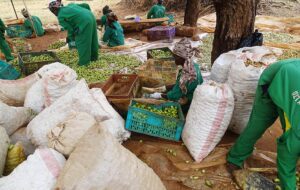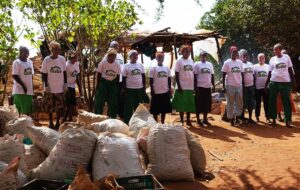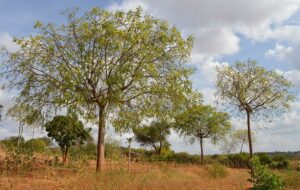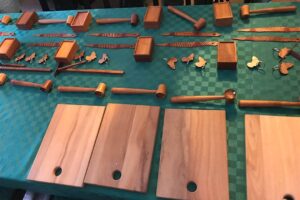Pruning of mukau (Melia volkensii) is very different from the traditional pruning of other tree species like pine and cypress. Better Globe Forestry’s broad knowledge of its silvicultural management has been developed over years of working with it in the drylands of Kenya. Now different organizations and institutions are demonstrating heightened interest in learning this from us. Jan Vandenabeele, Better Globe Forestry’s Executive Director of Forestry was out on a field trip to train on the species silvicultural management, putting emphasis on pruning for both woodlot plantations and agro-forestry plantations for small-holders. This is because well-timed pruning that is carefully done ensures quality products are obtained.
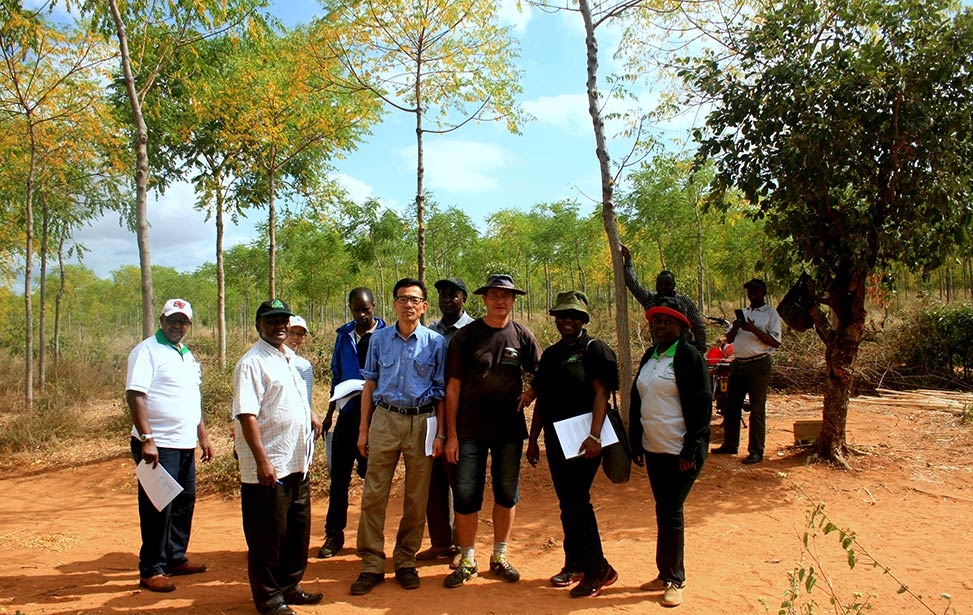

–Photo courtesy: Better Globe Forestry
Participants in the training included a team of representatives from Japanese International Corporation Agency (JICA), Kenya Forestry Service (KFS) and Kenya Forestry Research Institute (KEFRI). They are working on a 5-year technical cooperation project called “Capacity Development Project for Sustainable Forest Management” – a project that aims at introducing nationwide technical guidelines for plantations of Melia volkensii. Presently, there is lack of a well-defined guideline for tree farmers to use on their established plantations and woodlots. The ultimate goal of this joint initiative is to strengthen capacity both at the national and county levels for sustainable forest management so as to contribute towards achievement of the national forest cover target of 10 percent. The project, already in its initial implementation stages, will be implemented countrywide, including the Arid and Semi-arid Lands (ASALs).
This training took place at our plantation in Kiambere and on the farm of Mr. Mulandi Nzama – a farmer with whom Better Globe Forestry has a commercial relation. From his farm, we buy mukau fruits from selected plus trees in order to supply our nurseries with seeds every year. At the end of the day, JICA appreciated the assistance of Better Globe Forestry, the pioneers of Melia (mukau) plantations in the drylands.
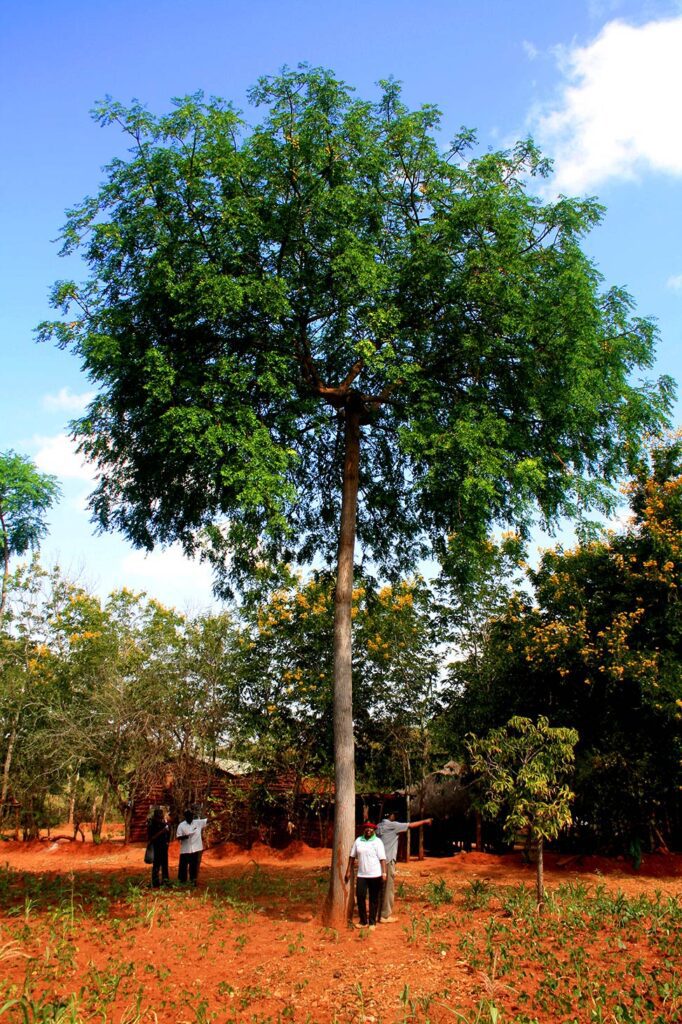

–Photo courtesy: Better Globe Forestry
